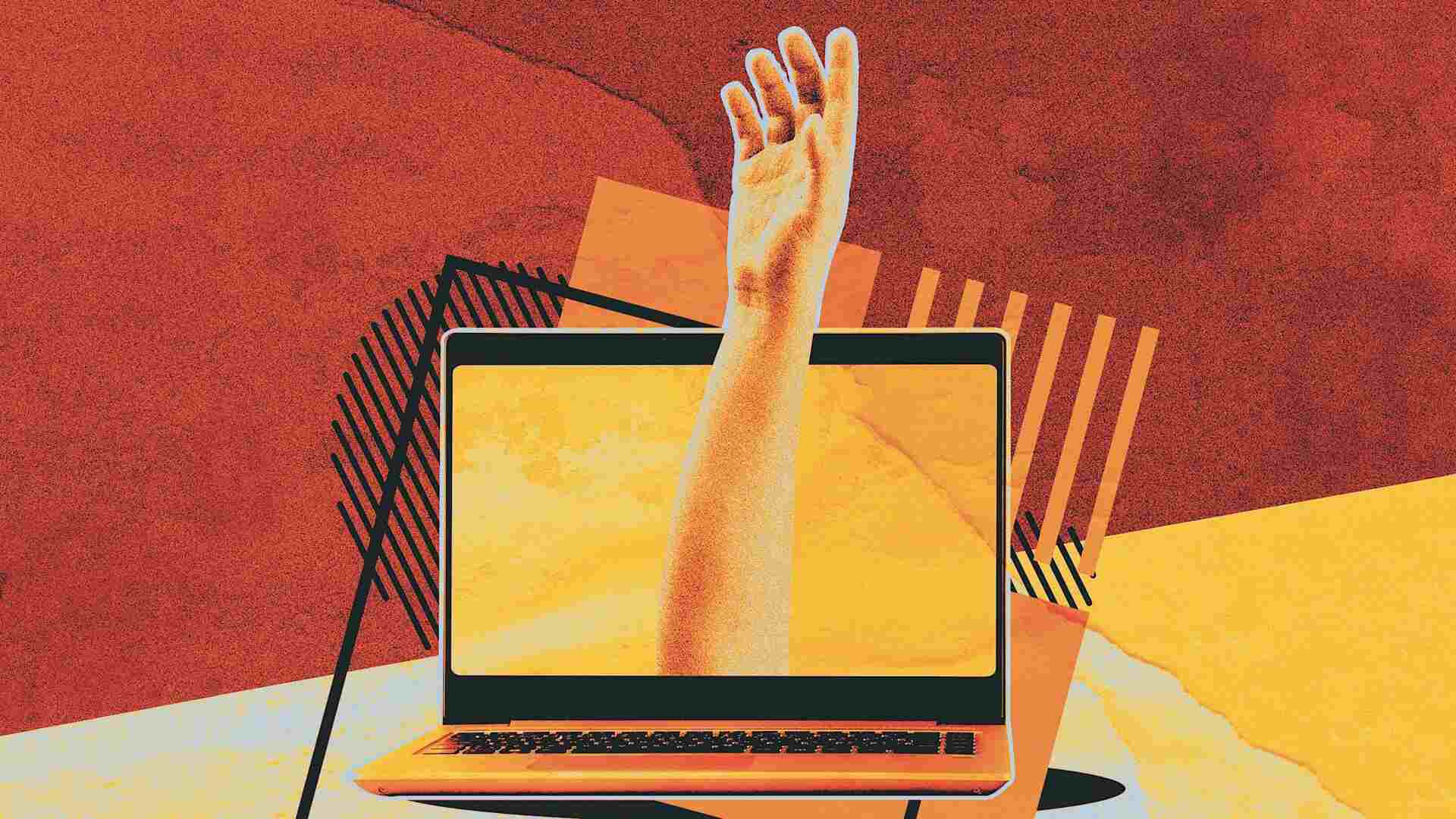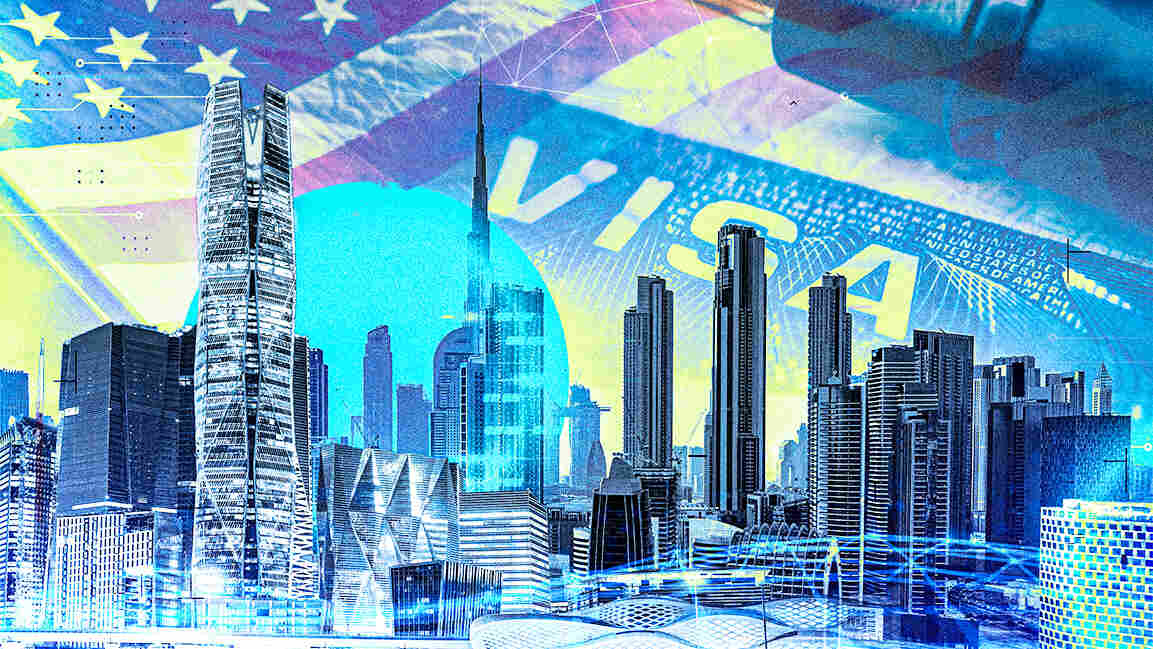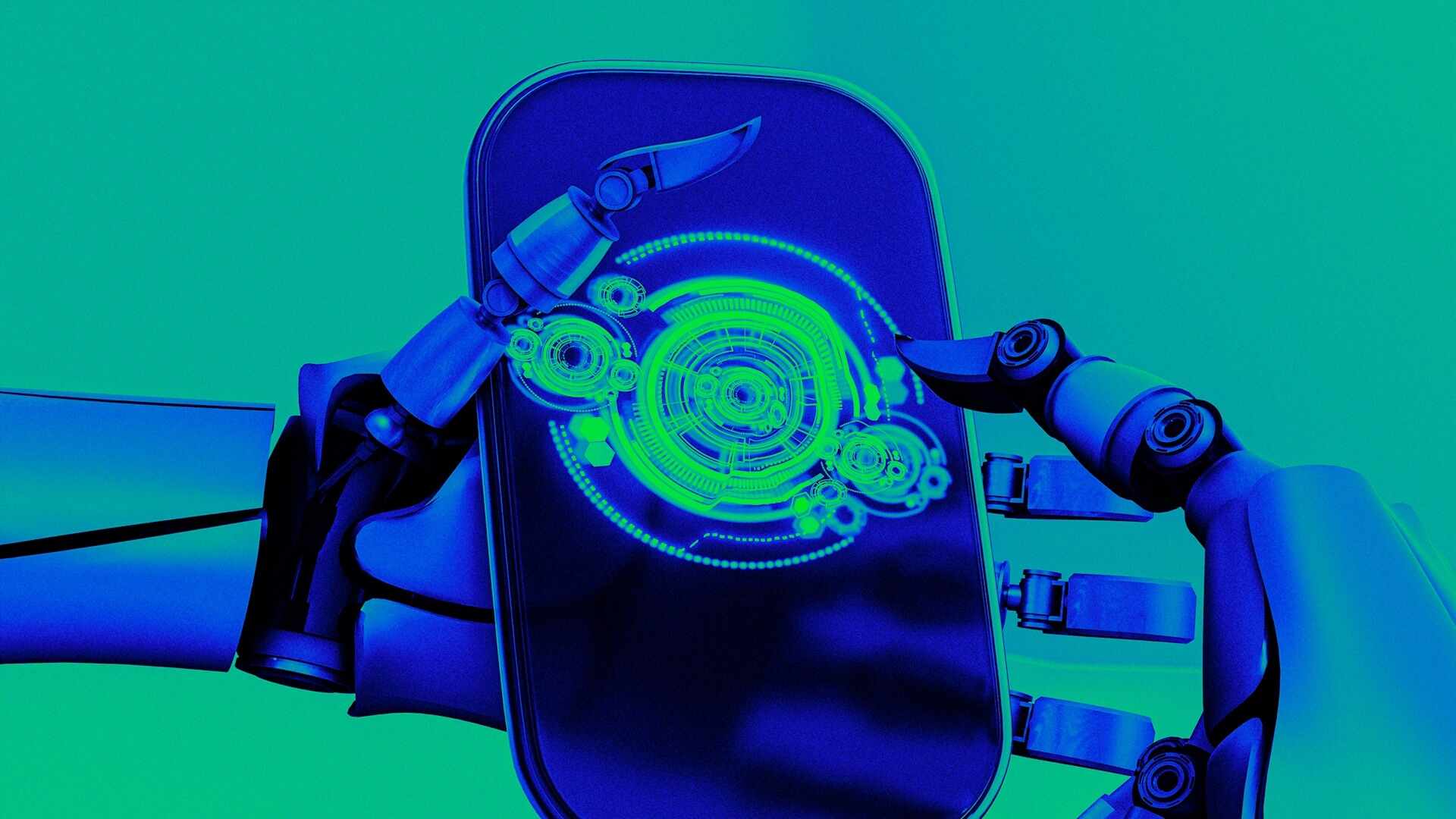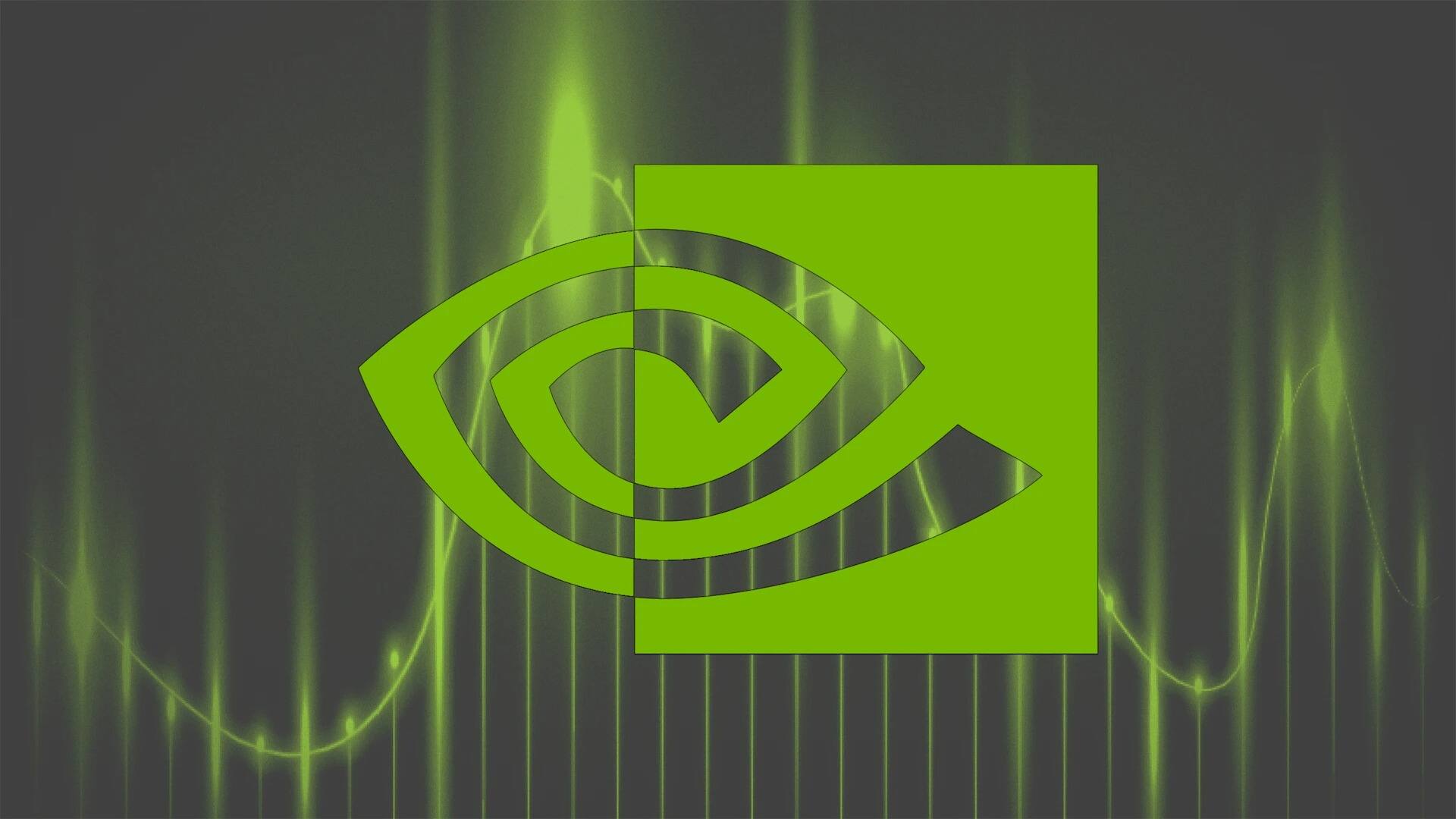- | 10:00 am
This is why creative leaders are focusing on trust, not just technology
AI, insight, and the spark that sets work apart

Every year, the global creative industry gathers to reflect on what great work looks like and what it should stand for next. While recognition is part of the equation, the deeper value lies in exchanging ideas: how creativity can drive business, influence culture, and push boundaries.
For leaders working across diverse and dynamic regions, these conversations are more about inspiration and motivation. They’re also about alignment, recalibration, and understanding what it takes to lead the global conversation.
At gatherings like Cannes Lions, where ideas are challenged and celebrated, the most powerful work stands out for its cultural relevance, creative bravery, and measurable impact.
Which is why it’s worth asking: how do creative minds keep up without losing the spark that started it all?
A GLOBAL MIRROR FOR THE INDUSTRY
Cannes Lions offered a window into the current state of creative thinking. While not every trend felt new, the most celebrated work, from purpose-led campaigns to bold uses of emerging tech, still found ways to connect on a deeper level.
Cem Topçuoğlu, President of Omnicom Advertising Group, CEE & AME, says Cannes Lions revealed where the industry stands and where it is heading. “In just one week, it celebrated the very best that creativity can achieve for business and society, while shining a light on the future of our industry.”
He sees Cannes as a space to listen beyond borders, measure ambition against global standards, and bring back fresh energy to teams across Central and Eastern Europe, the Middle East, and Africa. More than anything, he believes it reminds leaders that great work isn’t just regional or global. It is human, courageous, and accountable.
He underlines that creativity is the growth engine of business. “It lets us turn uncertainty into opportunity, whether that’s redefining a brand’s experience, inventing a new revenue stream, or solving a social problem that matters to consumers.”
There’s data to back this up. Independent studies show that companies prioritizing creativity consistently outperform their peers in revenue growth. “We see it every quarter when ideas rooted in insight and craft lead to measurable sales uplifts. In saturated markets, where technology levels the playing field, only distinctive, purpose-driven creativity helps you stand out.”
THE ADDITION OF AI
As the industry pushes the boundaries of what creativity can achieve, one element is quietly but profoundly reshaping the process: artificial intelligence.
“AI is about to become every creative’s new favorite collaborator. Not a replacement, but a partner that supercharges what we do best,” says Noah Khan, Chief Innovation Officer at Omnicom Advertising Group, CEE & AME.
By handling the busywork and unlocking new ways to create and personalize, AI frees creatives to focus on bold ideas, take risks, and form real emotional connections.
As AI takes on tasks like data crunching and content tweaks, creatives have the space to experiment, build new skills, and explore fresh creative frontiers. The secret? He adds, “Stay curious, keep evolving, and keep celebrating what makes us innately human. In a world where machines can copy almost anything, originality stands out more than ever, and that’s where the magic happens.”
So, does AI enhance or hinder artistic creativity? For Khan, it’s undoubtedly the former. “When used as part of a great creative idea, AI doesn’t just support creativity, it amplifies it,” he says.
He points to two recent campaigns from OAG teams in the Middle East as proof.
In “Kicks Starter” by TBWA\RAAD and Arabian Automobiles, five AI-generated avatars, each based on a Gen-Z archetype, fronted the launch of the new Nissan Kicks. “These AvAItars ran a live podcast, issued creative challenges to students, and generated real-time social content,” says Khan. The results? Over 8 million views and thousands of user-created videos. “AI allowed us to open up new spaces for a great idea, inviting people to co-author the campaign.”
Another bold example came from Impact BBDO and AnNahar newspaper in Lebanon. With the country facing a two-year presidential vacuum, the team trained a language model on 90 years of journalism to create the world’s first AI President. “Citizens could engage with it in real time on policy issues, forcing a national conversation about accountability and leadership,” he explains. The project won awards at Cannes Lions, Dubai Lynx, and The One Show.
“In both cases, AI became the creative catalyst,” Khan notes. “It almost instantly generated lifelike avatars, intelligent scripts, and responsive content. What once slowed production to a crawl became near-instant, freeing teams to elevate strategy and storytelling.”
He adds a word of caution: “AI doesn’t compromise originality. It clears the runway for it. The real risk is complacency. When machines handle the mechanics, our job isn’t done. It’s just begun. True innovation lives in what we dare to imagine next.”
SHAPING THE FUTURE, RESPONSIBLY
As AI becomes more embedded in creative work, ethical concerns around originality and authorship are coming into sharper focus. Khan outlines three key dilemmas his teams are actively addressing.
The first is data provenance. “If we can’t trace what went into a model, we shouldn’t trust, or use, what comes out,” he says. “We firmly believe that the creators of original material should be rightly compensated and credited for their work.”
The second is legality. As trusted partners to major brands, Khan stresses the need for clear standards. “It’s our responsibility to ensure that everything generated using AI complies with the legal frameworks we set internally and those of our clients.”
The third concern is bias. “We’ve been paying very close attention to the inherent biases within AI models,” he says. “Our teams carefully analyze outputs before use, and we’ve also launched campaigns to raise broader awareness of the issue.”
For Khan, it’s not just about innovation. It’s about accountability. “Ethical use of AI isn’t optional. It’s fundamental to building trust in how we create.”
That sense of responsibility is reflected in how Omnicom teams approach culture and creativity at scale. To ensure their work not only keeps pace with global conversations but actively shapes them, Topçuoğlu starts with cultural intelligence.
“Every day, Backslash, our cultural intelligence unit, distills signal from noise,” he explains. “We track over 40 cultural edges and turn them into actionable briefs.”
But it’s not just about observation. It’s also about transformation. “Through our NEXT innovation framework, we add new creative dimensions,” he says, highlighting how insights evolve into bold creative output. This is driven by a culture that embraces risk, supported by integrated multidisciplinary teams, agile production models, and collaborations with major platforms like Google, Meta, and TikTok.
For Topçuoğlu, success goes beyond output. “We measure success by the depth of our work’s resonance,” he adds. It comes down to three core pillars: insight, bravery, and impact. “When these work together, we don’t just join the global conversation. We lead it.”






































